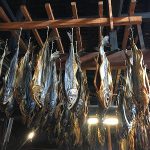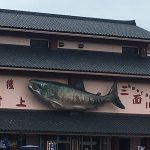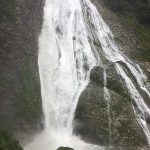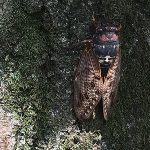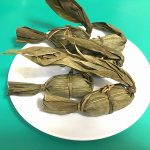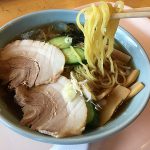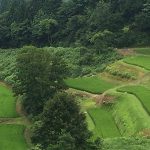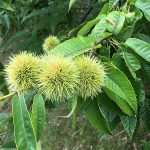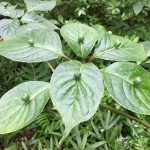Murakami is known as the town of salmon. Access: Tokyo (shinkansen 2:15) Niigata (express train 0:48) Murakami @ Since old times, people of Murakami have lived with salmon. You can easily come across that salted salmons are hanged from the eaves along the streets. There are several fish shops in the town which specialize in salmon… Read more →
